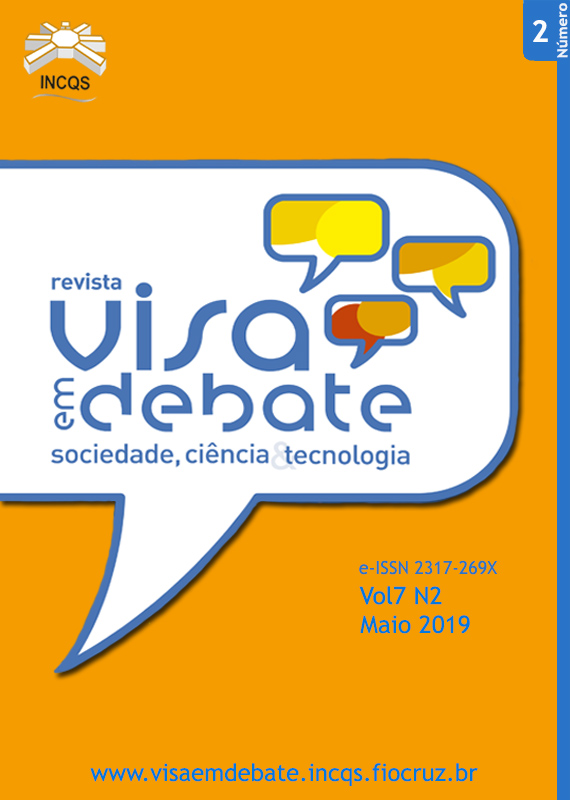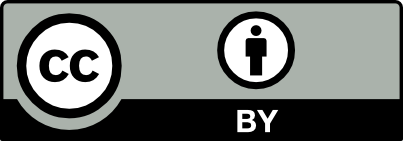Analysis of the impact of clinical evaluation on the submissions of high risk medical devices to the Brazilian Health Regulatory Agency
DOI:
https://doi.org/10.22239/2317-269x.01231Keywords:
Medical Devices, Clinical Evaluation, Sanitary Registration, Anvisa, Clinical TrialsAbstract
Introduction: The clinical evaluation of medical devices is an important component in the evaluation of new technologies for sanitary registration purposes within the Brazilian Health Regulatory Agency and represents an important tool for regulatory decision-making to verify compliance with regulations that establish the need for proof of safety and efficacy of medical devices to perform sanitary registration. Objective: To evaluate and discuss the reasons for the rejection of registration requests motivated by deficiencies related to the clinical evaluation of high-risk medical devices. Methods: In the electronic system Datavisa, internal system for storage and analysis of data submitted to Anvisa, all the rejections occurred in 2017 within the scope of the General Office of Medical Devices (GGTPS) concerning the clinical evaluation of medical devices of risk class III and IV, both in the original cause of the refusal and related to the non-compliance with the legally established deadlines for meeting the requirements when at least one of the requirements involved clinical evaluation, were evaluated. Results: Data were collected from the expert opinion of the agency to construct the outline of the main characteristics related to the rejections in relation to the clinical evaluation offered in the registration dossiers by the companies responsible for the submission. The evaluations were divided according to the area responsible for the registry, involving implantable orthopedic materials submitted to the analysis of the Coordination of Implantable Materials in Orthopedics (CMIOR), materials for health use submitted to the analysis of the Office of Materials for Health Use (Gemat) and equipment submitted to the analysis of the Office of Equipment Technology (GQUIP) of Anvisa. Conclusions: Considering the sample of rejected health records, the findings suggest a heterogeneity in both the quality and the format of the data provided in clinical evaluations by companies submitting applications of medical devices, especially related to the methodological nature of the clinical trials presented, deficiencies in risk management, and other regulatory requirements connected to the clinical assessment scenario of medical devices and compliance with minimum design requirements.
Downloads
Downloads
Published
Issue
Section
License
Copyright (c) 2019 Health Surveillance under Debate: Society, Science & Technology (Vigilância Sanitária em Debate: Sociedade, Ciência & Tecnología) – “Visa em Debate”

This work is licensed under a Creative Commons Attribution-NonCommercial-NoDerivatives 4.0 International License.
COPYRIGHT ALLOWANCE The author (s) hereinafter designated as the ASSIGNOR hereby assign and transfer, free of charge, the ownership of the copyrights related to this ARTICLE to the Vigilância Sanitária em Debate: Sociedade, Ciência & Tecnologia (Health Surveillance under Debate: Society, Science & Technology) – Visa em Debate, represented by FUNDAÇÃO OSWALDO CRUZ, established at Av. Brasil, nº 4365, Manguinhos, Rio de Janeiro, RJ, Brazil, CEP 21045-900, under the conditions set out below: (a) The terms and conditions set forth in this Agreement shall apply to the following: 1. The ASSIGNOR declares that they s(he) is (are) the author (s) and owner (s) of the copyrighted property of the ARTICLE submitted. 2. The ASSIGNOR declares that the ARTICLE does not infringe the copyrights and / or other property rights of third parties, that the disclosure of images (if any) has been authorized and that they s(he) assume(s) full moral and / or property liability for its content, before third parties. 3. THE ASSIGNOR assigns and transfers all copyrights relating to the ARTICLE to the ASSIGNEE, especially the rights of editing, publication, translation into another language and reproduction by any process or technique. The ASSIGNEE becomes the exclusive owner of the rights related to the ARTICLE, and any reproduction, totally or partially, is prohibited in any other means of publicity, printed or electronic, without prior written authorization from the ASSIGNEE. 4. The assignment is free and, therefore, there will be no remuneration for the use of the ARTICLE by the ASSIGNEE.







